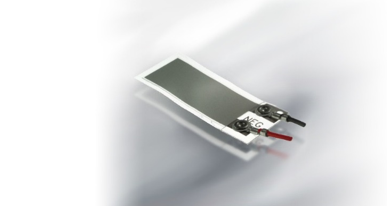Sensors for Medical Applications
Sensor based monitoring is becoming popular among the aging population. Here’s how to select a sensor to fit your application and parameters.
With the ever growing and aging population, patient auto-monitoring systems are becoming more and more popular. Their popularity stems from being both consistent and repeatable in addition to being low cost. Sensor-studded monitoring instruments in this category are also versatile because they can be used both in hospitals and at home. Selecting a sensor can be simple if the application and the parameters that need to be monitored are clearly understood. The most complicated sensors are implantables, followed by sensors used in catheters (through incision) and sensors used in body cavities, sensors that are external but come in contact with body fluids and sensors for external applications.

TE Sensors Used in Medical Applications
• Force load cells for infusion pumps that detect occlusion (tube blockage)
• Magneto-resistive sensors in syringe pumps to detect flow rate, empty syringe and occlusion
• String pot position sensors used for remote surgical tool positioning and patient bed positioning for x-rays/CT scans
• Extremely small MEMS-based accelerometers to measure tremors in patients with Parkinson’s disease
• Piezoelectric (and also pyroelectric) sensors for sleep apnea study
• Piezo film transmitter/receiver detects presence of bubbles in infusion pumps/syringe pumps
• MEMS and load cell-based sensors for the conservation of oxygen and monitor oxygen tank levels
• NTC temperature sensors to measure skin/body temperature
• MEMS-based pressure sensors for cuff blood pressure sensor kits
Article Source: https://spectrum.ieee.org/biomedical/devices/choosing-sensors-for-medical-applications
